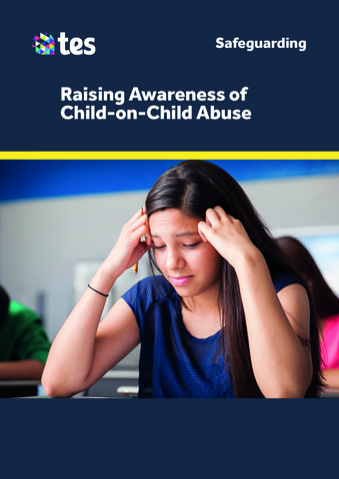_960.jpg)
Keeping children safe in education (KCSIE) 2018 – what do you need to know?
On September
We have looked at each section of KCSIE and listed the main changes to each section below.
Throughout – improved definitions
The new guidance contains additional information on the use of “must” and “should”.
The term “must” is for when the person in question is legally required to do something and “should” when the advice set out should be followed unless there is
Part one: Safeguarding information for all staff
The role of the Designated Safeguarding Lead (DSL)
This section now gives clearer information about the role of the Designated Safeguarding Lead and their deputies. For example, the section now stipulates that the identity of the DSL and any deputies should be shared at induction.
Policies within school
The new guidance states that all staff should be aware of systems within their school or college which support
- the child protection policy
- the behaviour policy
- the staff behaviour policy (sometimes called a code of conduct)
- the safeguarding response to children who go missing from education
Female Genital Mutilation (FGM)
The paragraph on FGM clarifies that it is a legal requirement
Part two: The management of safeguarding
Multi Academy Trust schools – child protection policies
The new guidance document makes it clear that all schools and colleges should have their own individual child protection policy and that these reflect local circumstances. Multiple schools can have an overarching child protection policy, but local procedures and protocols should be reflected.
Peer-on-peer abuse
Peer-on-peer abuse is one of the key themes of changes in KCSIE 2018. An update has been part two, paragraph 90, to reflect the importance of Child Protection policies reflecting peer-on-peer abuse.
Contact numbers
Safer recruitment
The guidance now clarifies that at least one of the persons who
Designated Safeguarding Leads (DSLs)
The role of the DSL should be more clear, including who the DSL should be, the responsibilities of the DSL in regard to child protection files, and clarify the DSL's responsibility when considering information sharing in advance of transferring Child Protection files.
Looked after children and previously looked after children
This is a new section on the new requirements around previously looked after children highlighting the fact that they remain vulnerable.
The ‘use of reasonable force’
Clarity is given on when it may be necessary to use reasonable force and also the need to minimise reasonable force, particularly with SEN pupils.
Part three – Safer recruitment
This now contains new information clarifying the responsibility on schools when working with alternative provision providers.
There is also a revised checklist
And for
Clarity is also given on the minimum information that must be recorded on a Single Central Record (SCR).
The term homestay has been introduced which applies to children staying with host families.
Part four - Allegations of abuse made against teachers and other staff
Very limited changes.
Part five: Child on child sexual violence and sexual harassment
A whole new section has been included in the statutory guidance.
Part 5 is there to provide guidance for schools and colleges on how they should respond to reports of
This shows the importance that the DfE
In particular governing bodies and proprietors are signposted to an extra publication on sexual violence and harassment between children in schools and colleges - Sexual violence and sexual harassment between children in schools and colleges which covers:
- what sexual violence and sexual harassment is
- schools’ and colleges’ legal responsibilities
- a whole school or college approach to safeguarding and child protection
- how to respond to reports of sexual violence and sexual harassment.
Annex A
This section has been updated and includes a table of contents.
New information is given on:
- Children and the court system
- Children with family members in prison
- County lines
- Domestic abuse
- Homelessness
- Peer-on-peer abuse
- Sexual violence and sexual harassment
Peace of mind from EduCare
All EduCare courses that refer to Keeping Children Safe in Education 2016 are being updated and will be released to coincide with the new statutory guidance. Read our blog to see how the courses are being changed.
New peer-on-peer abuse training course
To mirror the increased significance of peer-on-peer abuse within KCSIE 2018, EduCare has worked with a leading expert in the field, Dr Carlene Firmin, to create a new training course on peer-on-peer abuse. This reflects our continuing mission to address all safeguarding and duty of care topics and help keep all children and young people safe.
Get in touch to find out more.
Important note: The revised guidance will commence 3 September 2018. Until that point schools and colleges must continue to have regard to the 2016 KCSIE.
Return to newsChild-on-Child abuse is any form of physical, sexual, emotional, financial, and/or coercive control exercised between children and young people; this includes intimate and non-intimate relationships. The purpose of this course is to help you: Plan your inset days to ensure staff are trained and will be compliant with KCSIE 2018Raising Awareness of Child-on-Child Abuse
Raising Awareness of Child-on-Child Abuse
KCSIE 2018: 5 recommendations for training topics for inset days


